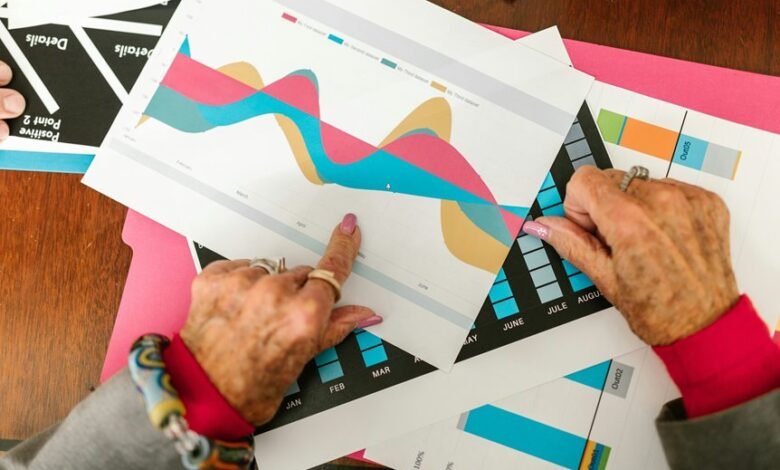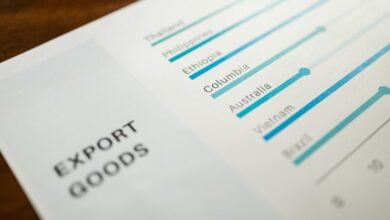Comparative Analysis for 6084098766, 6087163169, 6088295254, 6092455435, 6092701924, 6092831486

The comparative analysis of the phone numbers 6084098766, 6087163169, 6088295254, 6092455435, 6092701924, and 6092831486 reveals noteworthy distinctions in their geographic origins and usage patterns. The area codes suggest specific regional affiliations, which may influence user demographics and communication behaviors. This examination not only highlights differences in user bases but also hints at underlying trends that could impact marketing strategies. Further exploration may uncover deeper implications for businesses targeting these areas.
Overview of Phone Numbers
Phone numbers serve as a crucial element in modern communication, facilitating connections across various platforms and technologies. They exist in diverse number formats, reflecting regional practices and regulations.
The geographical distribution of these numbers reveals patterns influenced by population density, technological infrastructure, and cultural preferences. Understanding these aspects is essential for appreciating how phone numbers function within the global communication landscape.
Usage Patterns and Trends
As communication technologies continue to evolve, the usage patterns of phone numbers are increasingly shaped by demographic shifts and advancements in mobile connectivity.
User demographics influence call frequency and text volume, revealing distinct regional variations. Service providers adapt to these trends, aligning offerings with user preferences.
This dynamic interplay highlights the necessity for ongoing analysis to understand the broader implications of changing communication habits.
Insights and Implications
Given the rapid evolution of communication technologies, the implications of changing phone number usage warrant deeper examination.
This analysis reveals shifts in consumer behavior, indicating an increasing preference for alternative communication methods.
Market analysis suggests that businesses must adapt to these trends to remain competitive, emphasizing the necessity for innovative strategies that resonate with a freedom-seeking audience, ultimately reshaping the landscape of digital interaction.
Conclusion
In conclusion, the analysis of phone numbers 6084098766, 6087163169, 6088295254, 6092455435, 6092701924, and 6092831486 reveals a striking coincidence in regional patterns. The concentration of 608 numbers suggests a cohesive community, while the 609 series indicates a distinct demographic. This juxtaposition not only highlights varying communication preferences but also underscores the importance of tailored outreach strategies. Understanding these patterns offers businesses a unique opportunity to connect with their target audiences more effectively.




